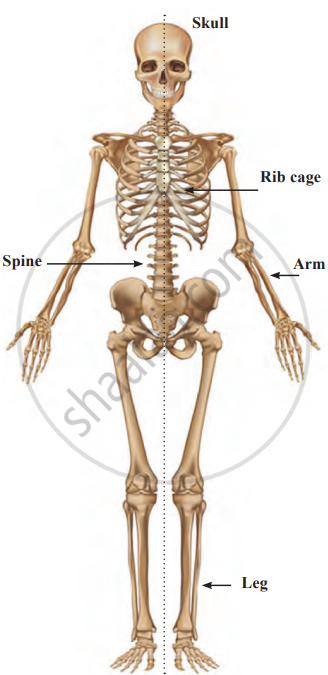Topics
Natural Resources – Air, Water and Land
- Natural Resources
- Atmosphere and Its Layers
- Air Around Us
- Composition and Components of Air
- Importance of Air
- Air Pollution and Its Causes
- Water: Our Lifeline
- Availability of Water
- Composition of Water
- Importance of Water
- Scarcity of Water
- Land
- Soil Formation
- The Importance of Conserving Earth’s Natural Resources
The Living World
Diversity in Living Things and Their Classification
Disaster Management
Substances in the Surroundings –Their States and Properties
Substances in Daily Use
Nutrition and Diet
- Nutrients and Nutrition
- Component of Food
- Carbohydrates
- Diseases Due to Deficiency of Carbohydrates
- Fats (Lipids)
- Diseases Due to Deficiency of Fats
- Proteins
- Diseases Due to Deficiency of Proteins
- Vitamin and Minerals
- Diseases Due to Deficiency of Vitamin
- Diseases Due to Deficiency of Minerals
- Fibre
- Diseases Due to Deficiency of Fibre
- Water
- Diseases Due to Deficiency of Water
- A Balanced Diet
- Nourishment and Malnutrition
- Food Adulteration
Our Skeletal System and the Skin
Motion and Types of Motion
Force and Types of Force
Work and Energy
- Force, displacement and work
- Energy
- The relationship between work and energy
- Forms of Energy
- Mechanical Energy
- Power Plants Based on Thermal Energy
- Light Energy
- Sound energy
- Chemical Energy
- Transformation of Energy
- Energy Resources
- Conventional energy resources or non-renewable energy resources
- Non-conventional energy resources or renewable energy resources
- Energy saving and green energy
Simple Machines
Sound
Light and the Formation of Shadows
Fun with Magnets
The Universe
- Introduction
- Parts of the human skeletal system
Introduction:
The skeletal system is the framework of bones in our body that gives shape, support, and protection to our organs. It is made up of bones and cartilage. Bones are hard and not flexible. Calcium gives strength to the bones. They are made up of two parts:
- Biotic part: bone cells (living part)
- Abiotic part: calcium carbonate, calcium phosphate, minerals, and salts (non-living part).
The system that gives a definite shape to the body, provides support and protects the delicate organs inside the body is the skeletal system.
Parts of the Human Skeletal System:
1. Axial Skeleton: The axial skeleton is made up of bones along the centre of the body. It includes the skull, spine (backbone), and rib cage. These bones protect important organs like the brain, heart, and lungs.
2. Appendicular Skeleton: The appendicular skeleton includes the bones of the arms and legs. These bones help in movement and are attached to the central skeleton. The bones in taller people are longer, so they are taller.
As our body grows, the size and length of our bones increase. Such changes in size and length can be seen in children according to age. However, the body continues to grow only up to a certain limit. The bones of taller people are longer.

Parts of the Human Skeletal System
Related QuestionsVIEW ALL [10]
Mach the following
| 1. | Ear | Cardiac muscle |
| 2. | Skeletal System | Flat muscle |
| 3. | Diaphragm | Sound |
| 4. | Heart | Air sacs |
| 5. | Lungs | Protection of internal organs |
Match the pairs.
| Group 'A' | Group 'B' |
| (1) Ball and socket joint | (a) Knee |
| (2) Hinge joint | (b) Wrist |
| (3) Gliding joint | (c) Shoulder |
